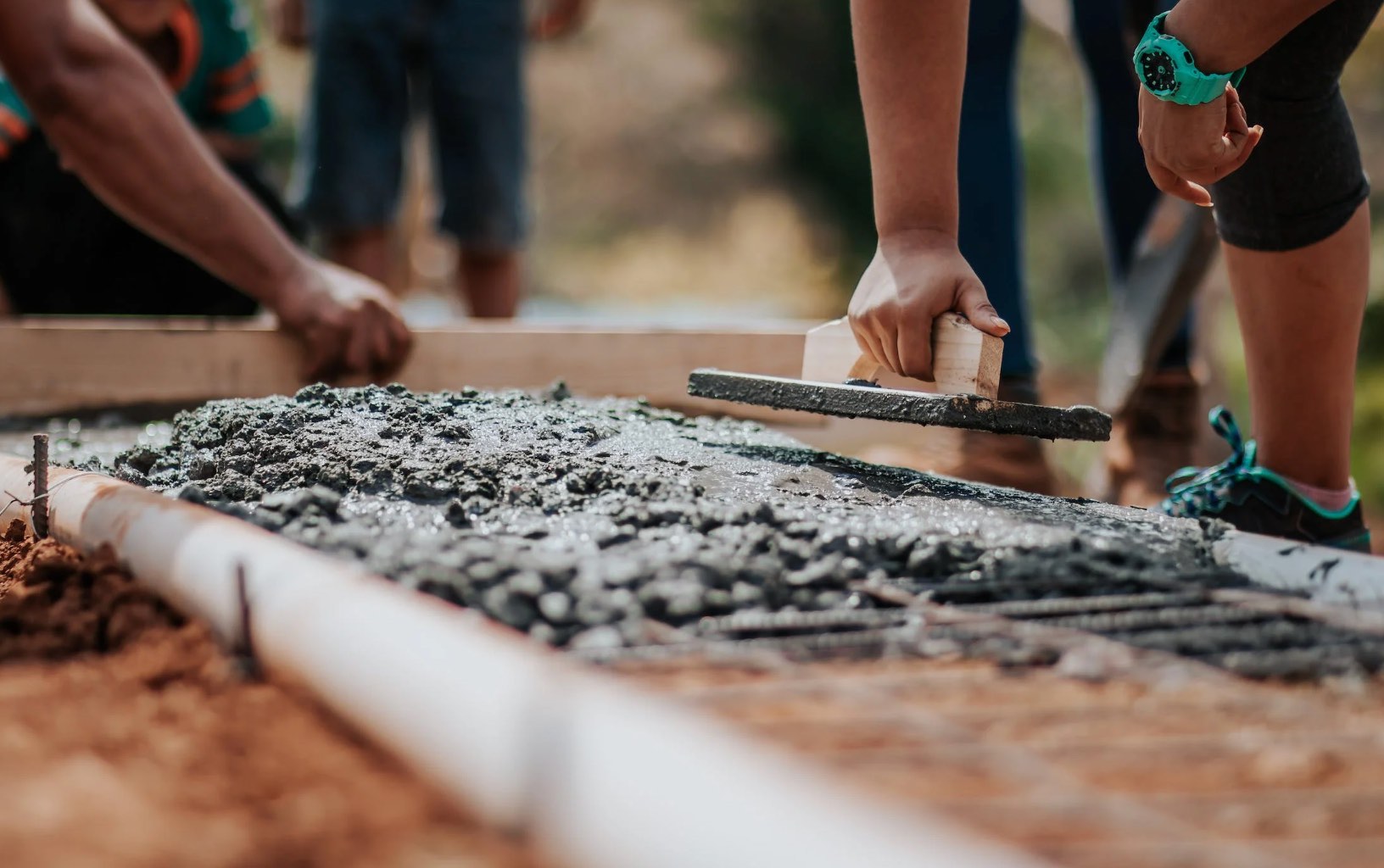
24 Oct Learn How To Deal With Water Intrusion At Construction Sites
Project delays. Construction defect claims. Mold. Pollution. These are just some of the many impacts of water intrusion on general contractors. Intensities of water intrusion in commercial construction have increased in the past decade , surpassing fire incidents in terms of frequency and cost .
The construction technology industry has responded to this challenge by creating water intrusion technology products that minimize property damage and lower claims. General contractors can reduce the risk of water damage by including these products in the design phase of a building.
Contractors See Water Damage as More than a Nuisance
Water damage can lead to significant delays and account for almost one-third general contractors’ risk loss .
For general contractors, time is money. Unattended water leaks can delay a building project by weeks or even months, and result in millions of dollars in damage and rework.
A small water leak on a construction site can quickly become a major problem. For example, construction materials can get saturated within hours of an unattended water leak . This causes humidity to produce a strong smell. Mold can be visible within days and structural parts begin to split and expand.
Particularly commercial buildings are more susceptible to water damage because they have more water systems that homes.
General contractors can be delayed by project delays, which could impact clients’ ability to generate revenue. This could have an impact on the time clients are able to repay loans if the project is funded. All parties agree that the goal is to prevent water damage at the beginning.
Water Intrusion Devices Reduce Risk
Water intrusion technology is becoming more common in construction due to the Internet of Things (IoT), and cloud-based technology.
These AI-enabled products detect leaks early and notify you more quickly. They also help minimize property damage and reduce the risk of claims during construction projects. More products are available than ever before.
These smart technology-based devices use algorithmic, machine learning to learn water usage patterns. They can do: Depending on what device they are.
- It is important to detect abnormal water usage patterns before it spreads.
- Water shutting off automatically
- Identify the source of the leak
- Notifications sent instantly to construction workers
Water intrusion devices should be installed early in construction, preferably during the design phase. They can also be used long after completion to reduce the chance of water damage to contractors and end users.
Get In Touch With your Insurance Provider Early
Talk to your insurance broker or carrier if you are interested in water intrusion devices for general contractors.
Insurance professionals can offer valuable insight on what coverage you need and can recommend strategies to prevent future problems, such as the placement of water intrusion devices.
Collaboration and consultation early in the pre-construction phase is crucial to minimize risk and reduce claims.
Don’t forget to inform future property owners about water intrusion devices. These devices are a great asset to your building’s efficiency and provide a valuable service for customers. They can detect water leaks from pipes, AC units, roofs, toilet fixtures, and other areas.
Property owners and general contractors should decide how the devices will monitor the project’s completion. There are many providers that offer different levels of monitoring and detection, which can extend beyond the construction phase.
Water Damage Can Be Avoided at a High Price
Water damage to construction sites and finished buildings can cost billions each year. Water intrusion devices, when used in conjunction with a comprehensive risk management plan, can help minimize property damage as well as reduce claims after and during construction projects. Protecting yourself against this risk is possible by collaborating with developers and insurance companies.

